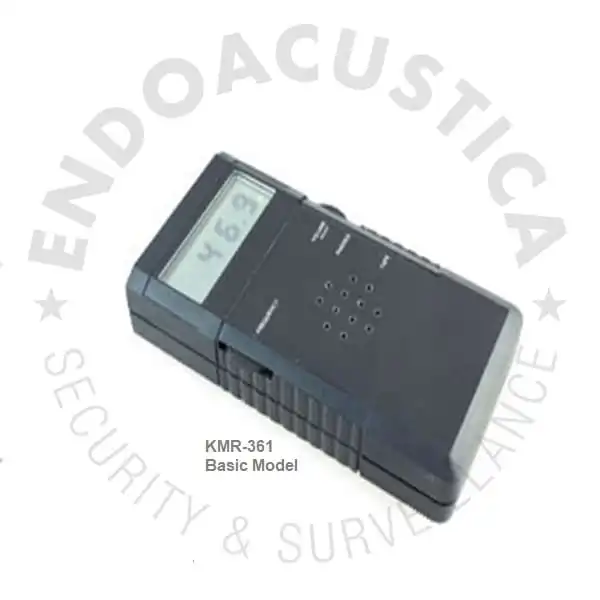Endoacustica offers, Exclusive Customer Service and free Training
Contact us
- Bari: +39 080 3026530
- Rome:+39 06 32803486
- Milan:+39 02 67739127
- CATEGORIES
CLOSE
-
Products
- AUDIO SURVEILLANCE
- Spy phone app - Mobile tracker
- Mini voice recorders spy
- Spy earpiece
- Spy listening devices
- Gsm remote listening devices
- Analog audio transmitter
- Encrypted audio transmitter
- Landline bugging devices
- Analog Digital Transceivers
- Listen through walls devices
- Shotgun Microphone
- Voice Changers
- Mobile phone interception
- VIDEO SURVEILLANCE
- TRACKING DEVICES
- COUNTERSURVEILLANCE
- GADGET
- AUDIO SURVEILLANCE
- company
- services
- contact
- blog
- مقالات






